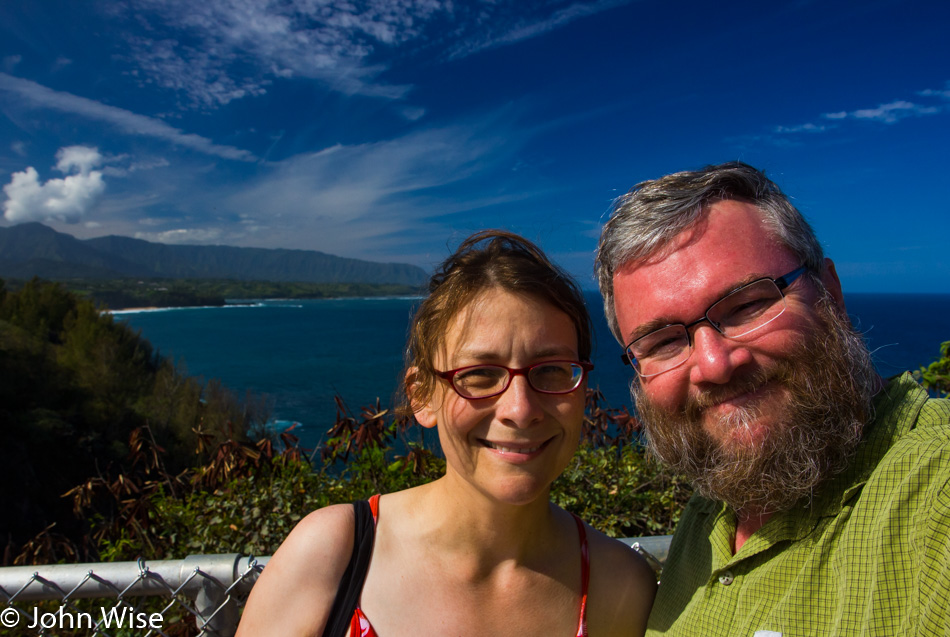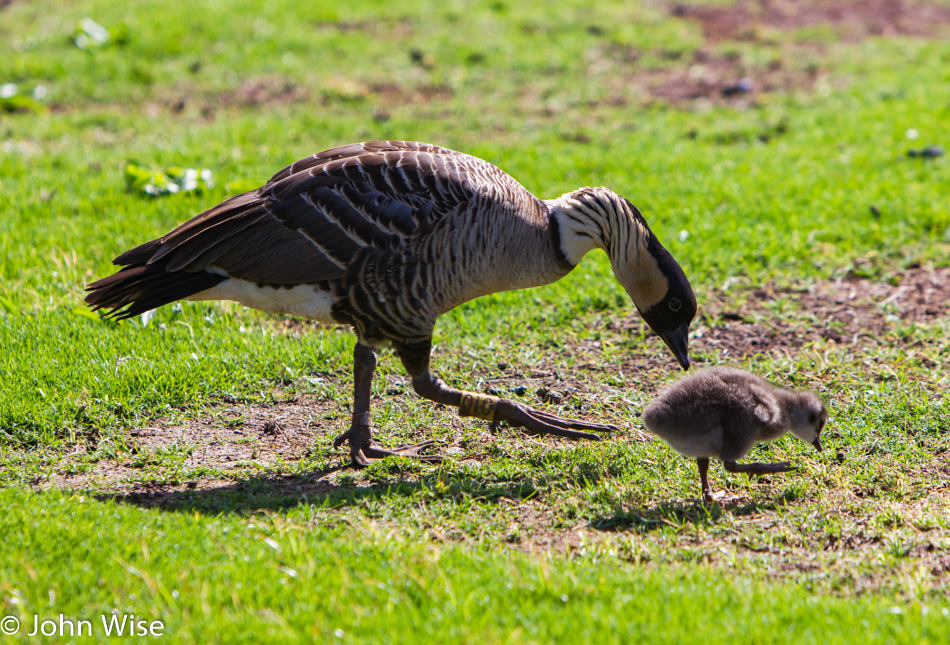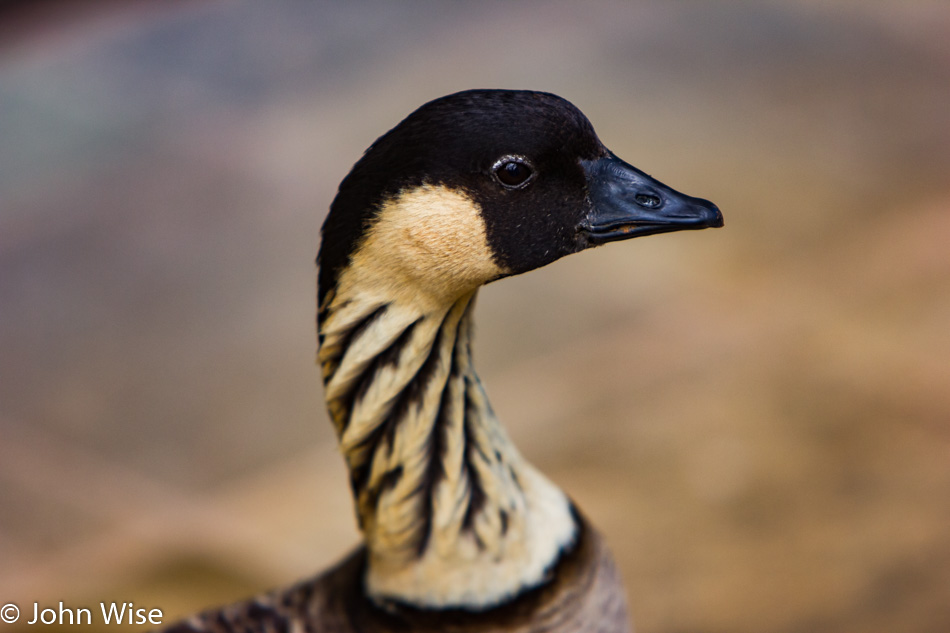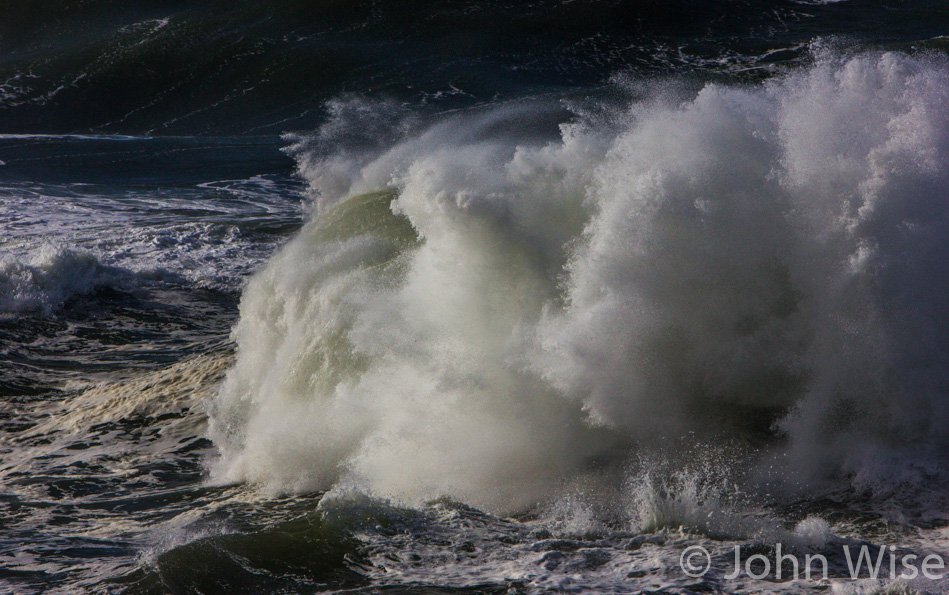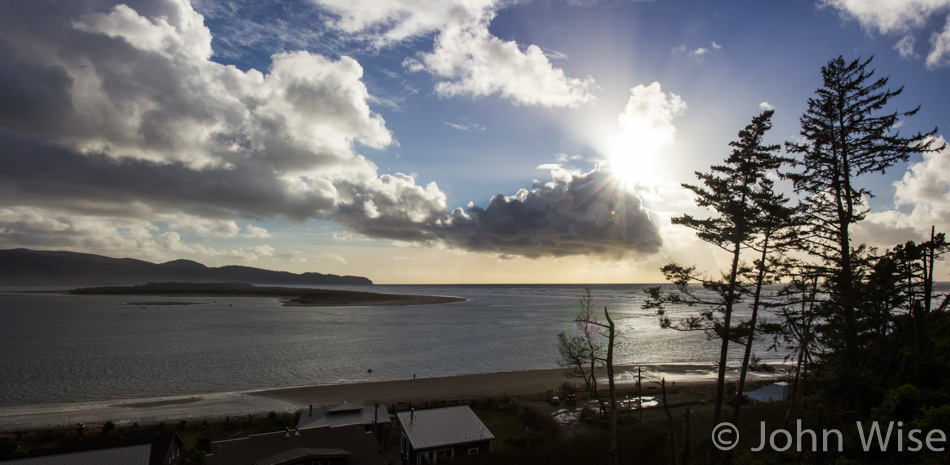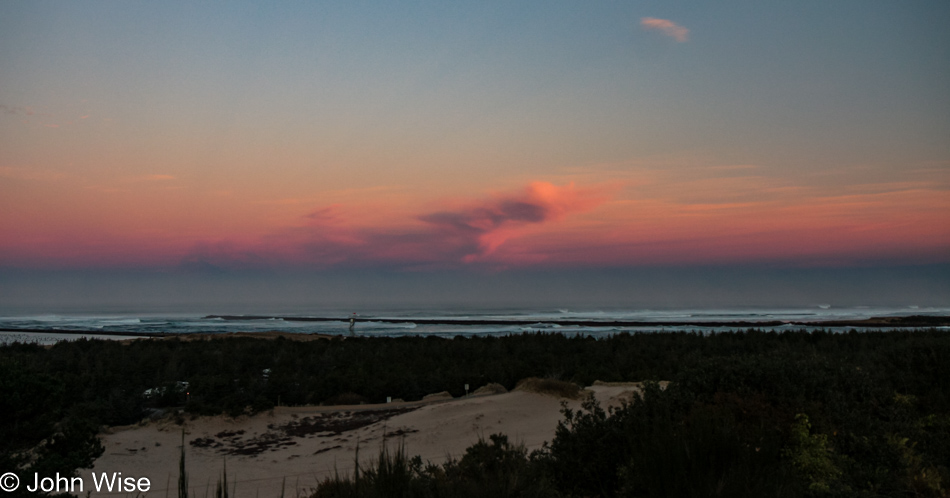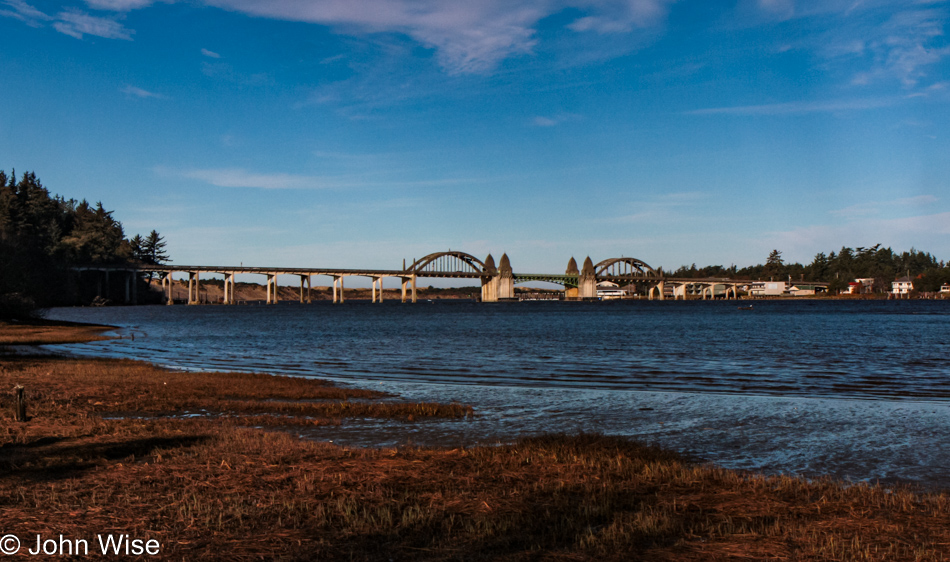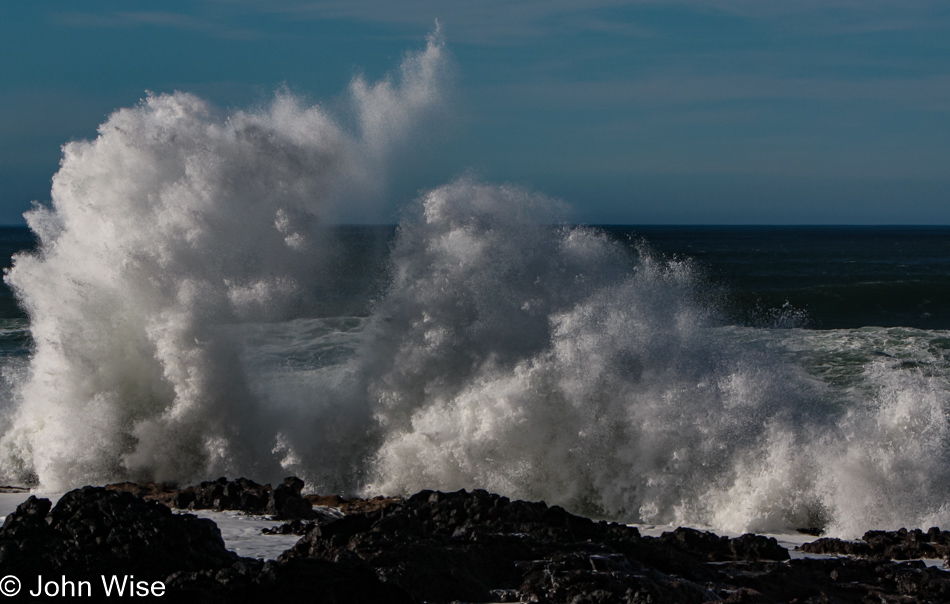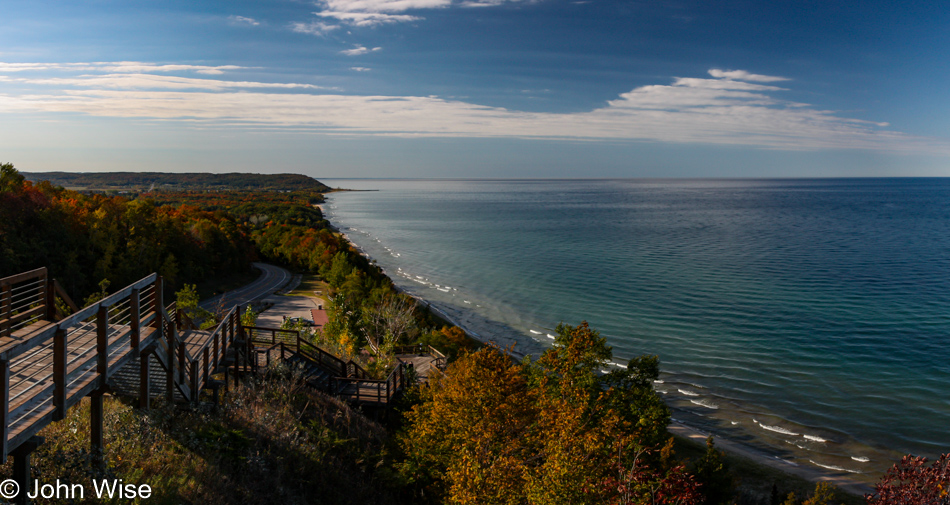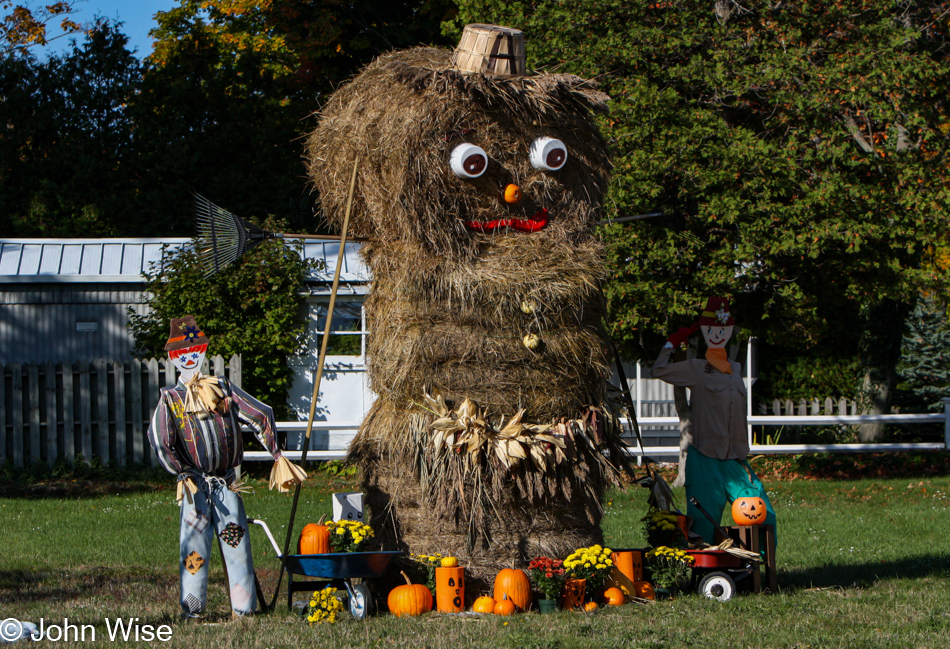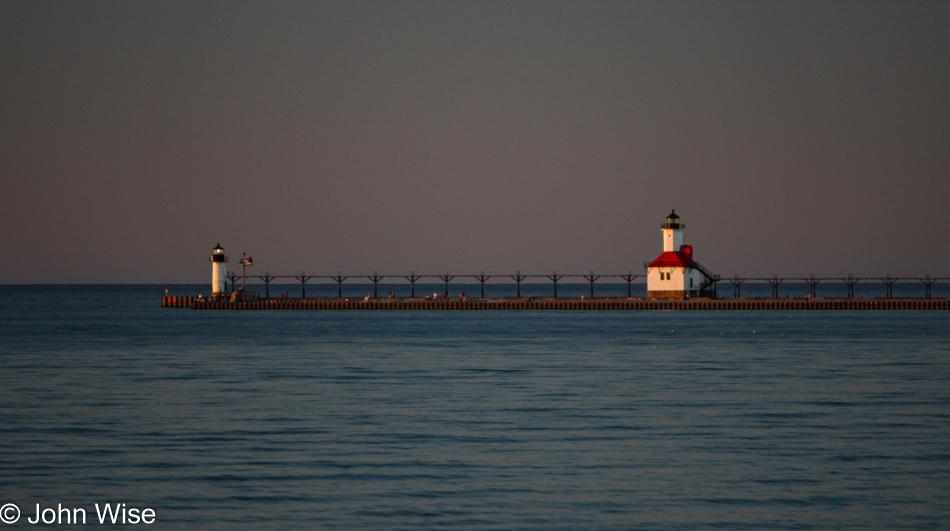
We wake in time to see the sunrise over the harbor in Kiel. This is a rarity for us, as in Frankfurt, we are surrounded by buildings, and seeing the horizon is not possible unless your day starts in one of the highrises. It was late last night when we finally found a hotel. Our corner room on the 8th floor at Hotel Astor was only €69, and the view was tremendous. Time in the room, though, is short because we are excited to get back on the road for our visit to the Wattenmeer.

Where we are headed on the coast is even flatter than this. The Wattenmeer (Wadden Sea) is a shallow coastal plain now recognized as a UNESCO World Heritage Site. Neither Caroline nor I have ever visited this far northern corner of Germany, and we are both excited to be doing so, even with the gray weather. While it’s only about 70 miles (114 km) from Kiel to St. Peter-Ording on the western coast of Germany, the country roads slow us down, leaving time for some sightseeing.

Wat in Dutch is mud, so Wattenmeer is loosely translated as mudflat sea. For Germany, the area is a National Park; for us, it’s a once-in-a-lifetime dream come true; we hope. The drive takes us through a number of small villages, including Christiansholm, where we see this stork occupying its nest. This is the first stork in the wild that either Caroline or I have seen.

The area we are heading into while German is also home to the Frisians. The land along the coast from the northern Netherlands up to Denmark is known as Frisia or Friesland. The native people were first mentioned in 12 BCE and speak Frisian, though not that many these days. The homes in the area are famous for their old-fashioned roofs known as “Reetgedecktes Häuser,” or thatched roofs made of reed.
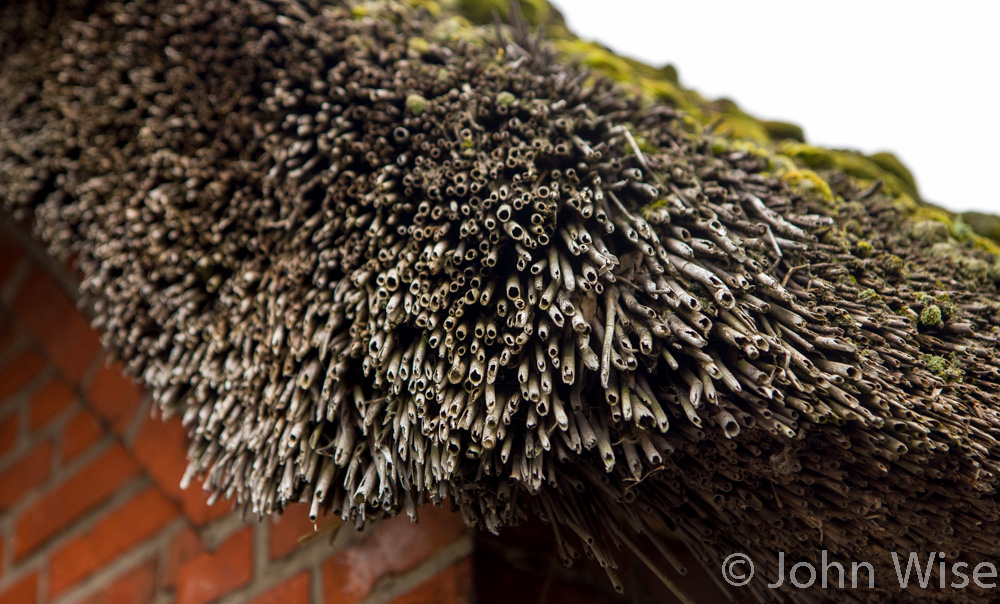
Getting up close to the thatch roof is not to be missed. From the distance the roofs are beautiful, but up close to it, the details from the hollow reeds can really be appreciated. Where thatched roofs were once commonplace, today, they are nearly a mark of luxury. To build one is labor-intensive and I can’t imagine there are many craftspeople around who work on such roofs. Now I wonder how sound and weather-insulating they are; we’ll have to find a rental to stay in on a subsequent visit.

Older homes whose roofs have withstood the test of time or have so far avoided renovation can be an artwork in part crafted by the hand of nature. If you were wondering how fire retardant a dried reed roof might be, look no further than this healthy covering of moss that lives atop this house.

Hey, did that sign read Karolinekook? I had to turn right around for a photo of that. Oh, it reads Karolinenkoog. So what the heck is a koog, and why Karoline? First of all, a koog is a polder; now that this is cleared up, I can move on to Karoline. Do you say you don’t know what a polder is? Well, neither did I. A polder (also known as a koog in German) is a low-lying area of land that is kept dry by a dike or was a former lake or sea bed. Karoline is in honor of Princess Caroline of Denmark (28 October 1793 – 31 March 1881). For me, the sign will always read CarolineKook.

What’s a road trip without the need to stop at nearly every roadside toilet? It’s a trip without my wife. This outpost for the disposal of bodily waste is a marvel of modernity. The door is controlled by auto-locks. After the depositor has entered the facility, he or she has a set amount of time to take care of business before the auto-clean cycle convinces the user to get out or get cleaned up by the uncaring, unceremonious tools of auto-cleansing. And to make the toilet experience better for women, the left-side “pissoirs” are urinals for us men. The WC or water closets on the right are for more serious business and women. Inside, which I should have taken a photo of, there is no room for vandalism, and in any case, if the pissoir senses destruction of any part of the facility, the floor is covered in water, and the perpetrator is electrocuted.

South of Tönning, we are about to have our first encounter with the dike system that keeps the North Sea at bay. We scrambled up the grassy hillside to look out into the gray murk of an overcast day. Not a lot to see when the horizon is obscured by mist and flatness that defies finding monuments or objects that allow one to orient oneself. No wonder it is recommended for people taking long hikes on the Wattenmeer to have a guide show them around. There are stories of people getting disoriented out on the mudflats as the tide comes in, which can end in disaster.

Further down the road, we find another location that looks inviting, mostly because there were all these sheep hanging out, and my wife is nothing if not a sucker for the furry four-legged organic lawnmowers. Up the hill, and there it is, the mudflat and no sign of the sea.

Of course, it would be Caroline who would have to dip her feet into the mud, maybe even some shallow water, if she could find it. As for me, well, my weight tells me that I’ll be ass-deep in sucking mud 1.6 seconds after placing myself in harm’s way. Caroline assures me that the mud is solid; I’ll take her word for it, but still opt to remain on the shore where I can snap photos from the dry comfort of land.

The fine, silty mud covers Caroline’s feet like hot fudge on ice cream. A smile likewise graces her face because she has now strode in the Wattenmeer. A nearby shower head and hose are available just for these occasions of cleaning one’s muddy feet, and we move to take advantage of the convenience. This is the first time during this trip that Caroline will voice that if we had to return to Frankfurt right now, she’d be happy with what we’ve already done. It’s great being married to someone who is so satisfied with such small things in life.

We now have proof that we have seen the world. The sign reading Welt behind us is German for World. Should there be any doubt that Caroline and I have seen the world, we can show any naysayers that it is true; we have, in fact, seen the World.

The Watt (pronounced “Vot”) is a bird sanctuary, it is also home to other species that are being pushed out of Europe as humanity has continued to change the environment. The Wattenmeer itself exists due to people reclaiming the ocean floor and trying to manage lands that otherwise would be submerged. Beavers have done this for a millennium; today, they have little ground and river-ways left for their type of engineering. I do think we were pretty lucky today to see this guy heading for his hideaway.

Thousands of birds and many species of various types call the 500km coastal region of the Wattenmeer home during migration periods. This gaggle of geese is making a pit stop on their trek north while skeins of others are seen overhead looking to do bird things I’m poor at interpreting.

Our drive took us out on the far side of a peninsula jutting off of mainland Germany. We looked for every opportunity to visit the sea along the way. In Westerhever we spotted a lighthouse in the distance, time to schedule a visit. From the view of the dike, we thought we were satisfied and that this was good enough. Anyway, the people walking out to it were way over on our right, starting at the crowded parking lot I had turned my nose up to. Maybe we’ll just walk a short while to the right and see if the view improves. A little further and pretty soon, we are on the boardwalk. Is this far enough? Okay, just a bit further. Forty-five minutes later, we are at the lighthouse which does not offer tours but does have a toilet available. Oh yeah, on the horizon past the lighthouse, you are looking at mud; the tide is still out. When the tide is in these channels in the foreground are filled with water.
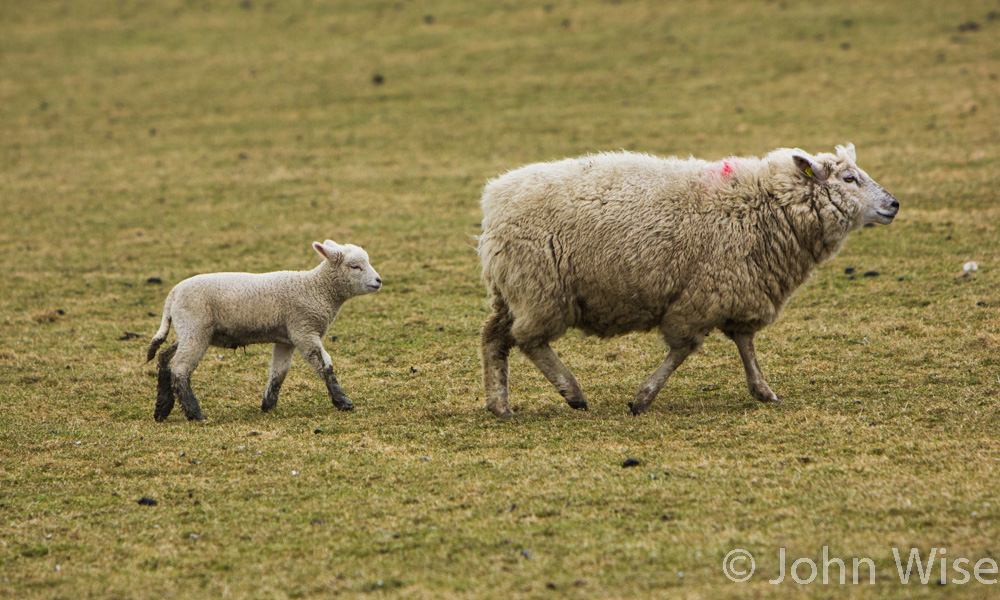
Sheep are everywhere on the dike system, as is evidence of their passing. A lot of sheep, and you find a lot of sheep poop but no fiber anywhere. Not even a lamb sandwich was found.

Shorebirds are not here in big numbers yet. The occasional black-headed gull swoops by, but the cacophonous sound of flocks of seagulls is not to be heard. I dream about being here on a quiet summer day when Caroline and I can have a stretch of the Wat to ourselves to watch the shorebirds work the mudflats and marshes.

These lands have been worked for centuries as people have wrestled with nature to keep the land they have carved out of the sea. This is one of the many drainages that are kept clear so the land drains as the tide goes out. In this way, the land isn’t washed away and serves as sheep pasture. Unfortunately, we could not be here at the Wattenmeer for both low and high tide.

This photo is being used not because the old house was built in 1737 it’s because the photo of the windmill I took didn’t turn out all that nice. Mühle Catharina (The Catherine Mill) is a three-story rental property that sleeps eight right in the windmill! If you want to book it, as we do and hopefully will someday, it costs €165 per day (about $200) with a minimum 1-week stay required. Located in Witzwort, Germany, it is a perfect location for a week of biking the flatlands of the Wattenmeer and even making a day excursion to Hamburg or even Copenhagen, Denmark.

In Husum, the sun is struggling to work its way past the clouds that have dogged us all day; it’s uncertain if it will win. Neither of us knows a thing about this city and so we find a parking spot and start walking right on over to a maritime museum.
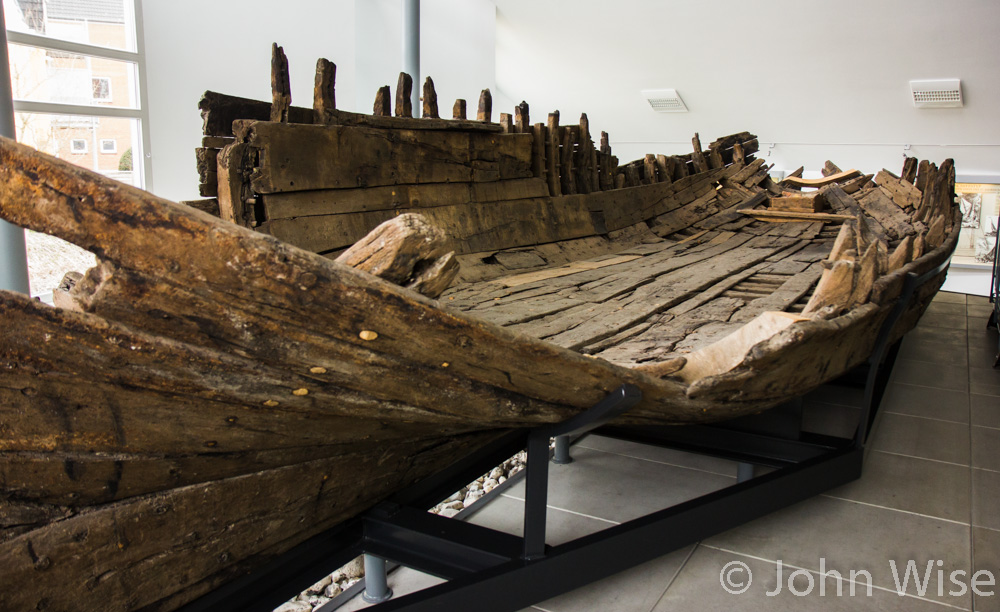
We don’t hesitate to pay the small fee to enter the North Frisian Maritime Museum. Inside and downstairs (near the toilets) is the museum’s newest big display item: the Uelvesbüll shipwreck. Discovered in a side channel near a dike, the wreck is over 400 years old. We can walk right up to it, even reach over and smell the wood. To stop the decay once it was pulled from the silt, preservationists cured the wreck in a giant vat of sugar water. According to the info on display, the sugar crystals create a protective seal of the wood, and the technique is far cheaper than the alternatives. I’m enchanted with what history this small ship may hide and wish to know more. Being here is also a reminder that there may be many more maritime museums along the English, Irish, Danish, French, Dutch, Spanish, and Belgian coastlines; we need to move to Europe.

Never seen a whalebone scrimshaw cicada enclosure before; heck, I’ve never seen a cicada enclosure of any type prior to this one. In the case of various scrimshaws was this one particular item that fascinated me enough to want one. Of Moorish influence, this work of art was carved around the year 1700. Does someone out there want to make a 3D print of it?

Caroline is a font of information; some of it she keeps to herself because she thinks it’s common knowledge. Almost under her breath, she suggests I must obviously know what this thing is that we are looking at. Of course – not, I reply. Did you ever wonder where the term “knots” came from for measuring the speed of a boat? Neither had I, but my wife knew. By throwing out a line and measuring the knots tied into the rope, a seaman could estimate the speed they were traveling by counting the knots unspooling against a measure of time. Thus, a speed could be calculated.

Tauben-Depesche – Pigeon Dispatch. These small notes were once rolled up and attached to the legs of carrier pigeons. If nothing else brings you to the North Frisian Maritime Museum, surely a now-historic note that was once carried by a small bird must nag at your curiosity. The great forgotten things we can find in museums. I think I need more time to explore the world’s hidden treasures.

By the time we exited the museum, the sun had peeked through the clouds, and with its light, a multitude of sun-seekers filled the town square with the intention of having an ice cream. That sounds great to us and we join in with a visit to Janny’s for something called the Eis & Heiss (Hot and Cold). The concoction is made of hot cherries, chocolate syrup, cherry water, and ice cream, all topped with whipped cream. Trying to use all the daylight we can, we continue the drive north for another 45 km (28 miles) before pulling into Dagebüll and the Hotel Neuwarft for some dinner and sleep. The room was great and inexpensive. Dinner at the hotel’s restaurant was also very good. All-in-all, it was a perfect day.






